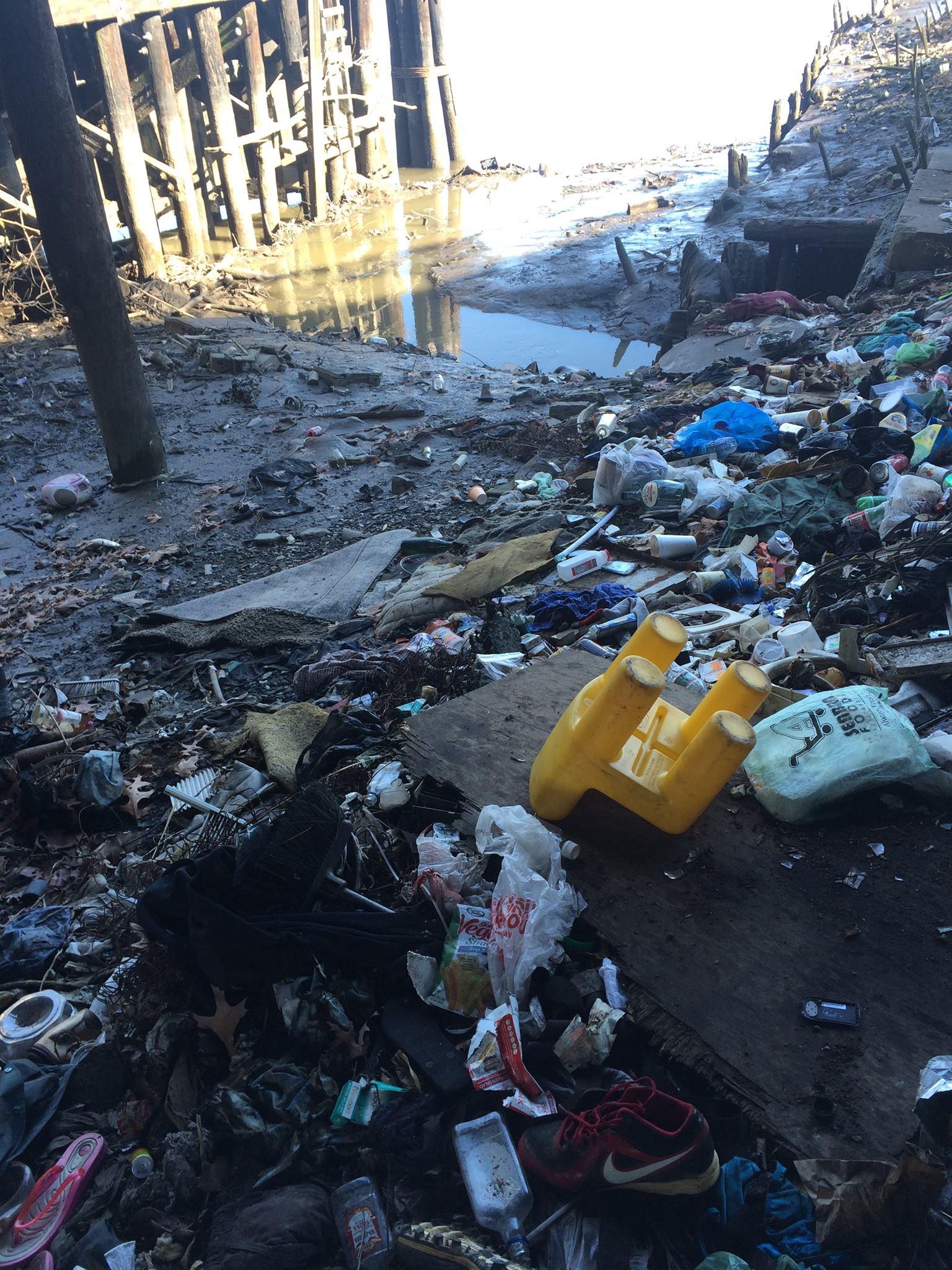New Jersey Future Blog
New Jersey Cities Breathe Sigh of Relief
July 19th, 2011 by New Jersey Future staff

City of Trenton. Photo Credit: Mark Stradling/flickr
Yesterday the governor proposed legislation to restore “transitional” aid to distressed cities and codify within the Department of Community Affairs the oversight mechanism for tracking that aid. This is a welcome reversal of the governor’s unexpectedly severe line-item veto of transitional aid from $149 million to $10 million. (Democrats’ attempts last week to override the veto were unsuccessful.) The governor has said the veto was necessary because oversight language had been removed, and he is happy to reinstate the line item as long as strong oversight mechanisms accompany it.
However, the reinstatement is not all good news. Gov. Christie signaled that the budget for transitional aid in future years will decline in an effort to wean cities off of state aid and move them to self-sufficiency. While it is arguable that some of these funds may have been mishandled in the past, a year of competent city management will not reverse half a century of disinvestment in our urban areas. Despite recent demographic trends and market data that point to the resuscitation of our cities, state aid will continue to be critical for years to come for maintaining services in places like Camden, Newark and Trenton.
New Jersey Future supports the revitalization of our state’s cities. We have long advocated in favor of the State Development and Redevelopment Plan, which prioritizes areas for growth, including our urban centers. We believe encouraging locational decisions with targeted incentives can be a positive way to spur growth. The reinstatement of aid for our distressed cities is positive news for those who care about smart growth. But while the oversight mechanism the governor seeks may be necessary, his emphasis on cities becoming “self-reliant” and on the aid being “temporary” misses part of the bigger picture. Some of the conditions that created a need for this aid, particularly the persistent concentration of poverty and tax-exempt properties, are not temporary and indeed can be traced in significant part to a steady and systemic pattern of disinvestment in cities. State agency spending priorities that favored newer suburban areas created strong incentives to lure wealth and tax ratables into those suburbs, ensuring limited access to housing, educational and employment opportunities for people with moderate means who were left behind.
Many of the distressed municipalities for whom this aid is necessary have a limited tax base and few options for raising revenue. Until cities have a property tax base commensurate with their service needs or the surrounding regions accept some responsibility for the disproportionate concentration of need found in cities, state aid will continue to be critical. As the Christie administration finalizes its strategic state planning process, we look forward to a more comprehensive urban agenda that addresses these systemic issues, as the governor proposed during his 2009 campaign.
















